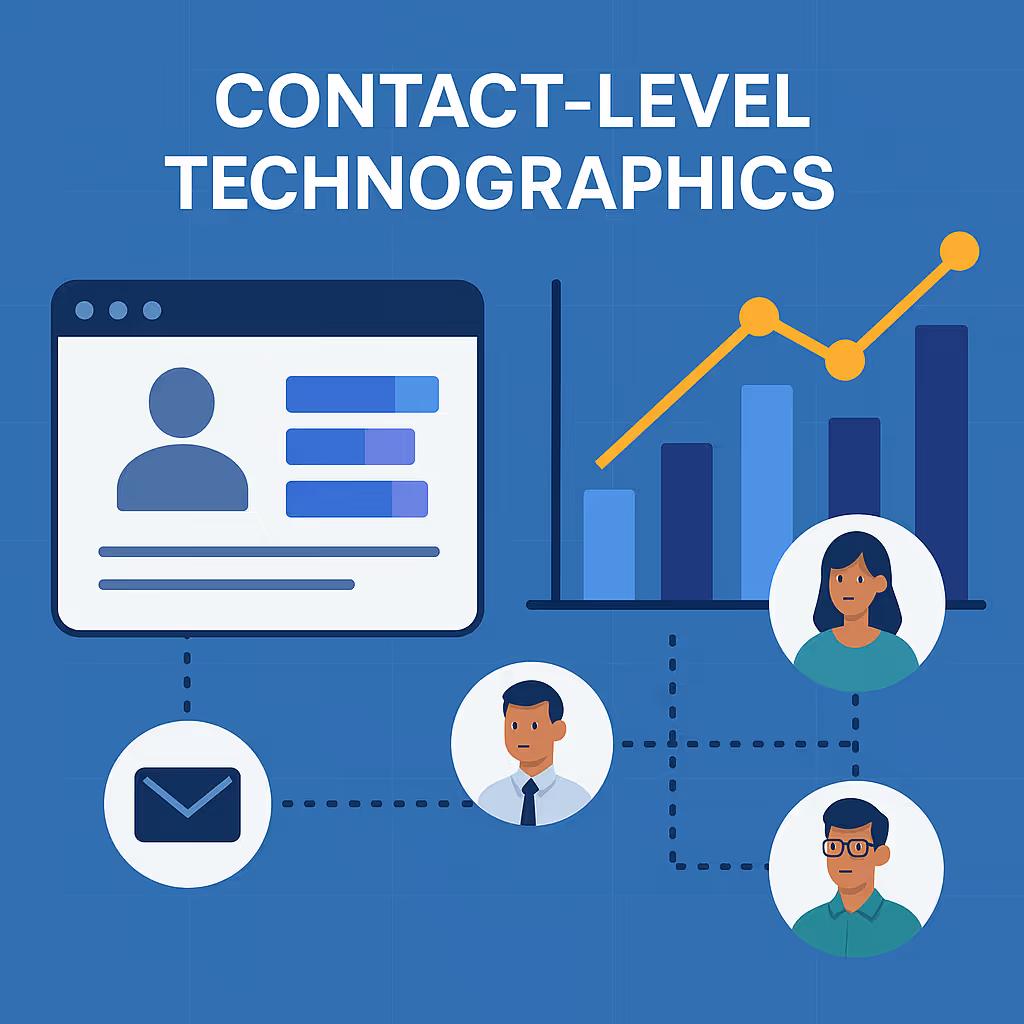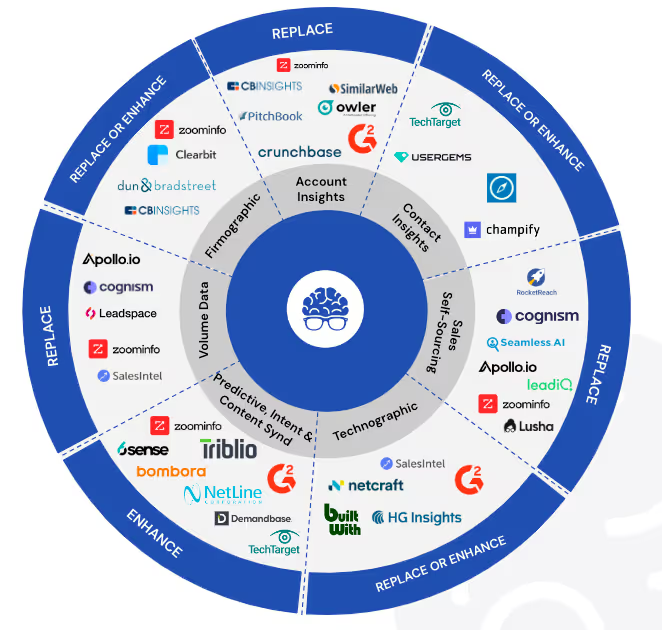The corporate mindset seems to be undergoing significant transformation. Where once "growth at all costs" was the mantra, today's tech giants are increasingly prioritizing sustainable growth with better margins and profitability. This shift is not just a strategic pivot but a necessary adaptation to changing market conditions and heightened competition. As a Chief Revenue Officer (CRO), understanding and adapting to this shift is crucial for steering your company towards success. Let’s delve into how this change is manifesting in major players like Microsoft, Salesforce, Google, and other SaaS firms, and the pivotal role data plays in this new paradigm.
Trimming the Sales Fat: A Strategic Pivot
Salesforce: From Expansion to Optimization
Salesforce, the CRM behemoth, exemplifies this strategic shift. Historically, Salesforce aggressively expanded its sales force to capture new markets and grow its customer base. However, in recent years, Salesforce has streamlined its sales organization, focusing instead on optimizing existing relationships and driving more value from current customers. This approach not only reduces costs but also enhances profitability by maximizing the lifetime value of each customer.
Google: Streamlining for Efficiency
Google has also embraced this new corporate mindset. Known for its expansive sales and marketing teams, Google has recently restructured to place greater emphasis on account management and customer success. By doing so, Google aims to foster deeper, more meaningful relationships with its existing clients, ensuring long-term loyalty and sustainable revenue growth.
Microsoft: Maximizing Existing Revenue
Microsoft, another tech giant, is exploring innovative data approaches to better cross-sell and track changes inside existing customer accounts. By focusing on the internal movements within their client organizations, Microsoft aims to identify new buying centers and opportunities for additional sales. This strategy has proven more effective than traditional cold outbound models, resulting in higher revenue capture and customer satisfaction.
The Role of Data in Sustainable Growth
Data is the cornerstone of this new approach. While sales and marketing teams have long used data tools to identify the next best account or prospect, customer success and retention teams now require similar capabilities to enhance their effectiveness.
Empowering Customer Success and Retention Teams
Customer success and retention teams need robust data tools to gain insights into customer behavior, usage patterns, and satisfaction levels. These insights enable teams to proactively address issues, identify upselling opportunities, and ultimately improve customer retention. Here’s a look at the essential tools and strategies that are driving this change:
Key Tools and Strategies
- Customer Relationship Management (CRM) Systems: Modern CRMs, like Salesforce, offer advanced features for tracking customer interactions, setting renewal reminders, and managing account health scores.
- Customer Success Platforms: Tools such as Gainsight and Totango help monitor customer engagement, track success metrics, and automate customer outreach, ensuring timely and relevant communication.
- Analytics and Reporting Tools: Platforms like Tableau and Looker enable customer success teams to analyze data and derive actionable insights, helping to identify trends and areas for improvement.
- Customer Education Programs: Investing in customer education through webinars, tutorials, and training sessions helps customers maximize the value of the product, increasing satisfaction and loyalty.
- Data Platforms: Solutions like LeadGenius offer bespoke data at scale, including technographics, firmographics, and growth insights. These platforms help customer success teams identify new opportunities within existing accounts and track account changes that may signal new buying needs.
Shifting Focus: From Cold Outbound to Existing Customer Education and Identification
In an era where response rates to cold outbound efforts are shrinking, tech firms are increasingly focusing on their existing customer base. Here’s why:
Monthly “Check-ins” and QBRs
Regular check-ins and quarterly business reviews (QBRs) are essential for maintaining strong customer relationships. These meetings should focus on helping customers achieve their priorities and providing specific, value-based insights rather than merely troubleshooting issues.
Renewal Timing
Discussing renewals well in advance, ideally with a 120-day renewal plan, allows ample time to address any concerns and reinforce the value of the product. This proactive approach can significantly increase renewal rates.
Building Multiple Relationships
Relying on a single point of contact (POC) can be risky. Building multiple relationships within a client organization ensures continuity and reduces the risk associated with personnel changes.
Setting Concrete Goals
Setting and tracking concrete goals and outcomes is vital. Customers need to see clear ROI from their investment. Regularly demonstrating how your product or service helps them achieve their objectives strengthens their commitment and reduces the likelihood of churn.
Parting Thoughts
The shift from growth at all costs to lean and cost-efficient growth is a necessary evolution for tech firms. By trimming sales organizations and focusing on existing account growth and retention, companies like Salesforce, Google, and Microsoft are setting the stage for long-term success. Data plays a crucial role in this transformation, empowering customer success and retention teams to drive meaningful outcomes and maximize customer value. In this new landscape, prioritizing existing customers and enhancing their experience is not just a strategy but a critical pathway to sustainable growth. As CROs, embracing this shift and leveraging data-driven insights will be key to navigating the future of revenue generation and customer success.




